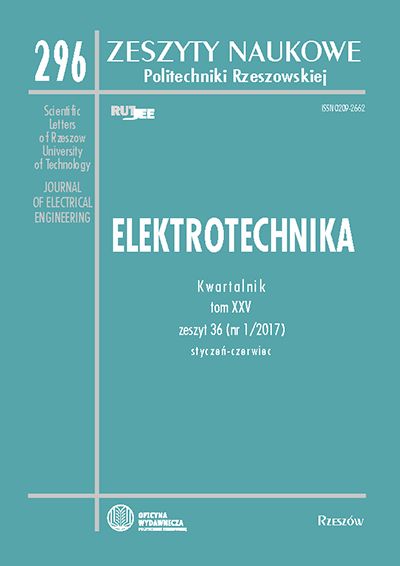Abstract
This paper describes the structure and basis of the Blitzortung system for detection and location of lightning. The initial chapters describe the basis for the operation of such systems, frequency bands used for the detection of lightning and the most frequently used method for the detection and location used in such systems. Also mentioned other commercial systems, lightning detection and location of operating in the world. Paper show the advantages and disadvantages of detection systems operating at low and high frequencies. Described in more detail the Blitzortung system and the elements included in each detection station, the types of currently operating station (device versions named RED and BLUE), their features and functionality. Described the types and construction of antennas used to detect the magnetic and electric fields by the stations of the Blitzortung system. Shows the position of detection stations on the area of central Europe and the USA. In the next part the paper describes some of the possibilities offered by the Blitzortung system. In example the controller version RED shows the effect of the station receiving signals from the antenna and its possibilities for filtering signals which not coming from the discharge. Also describes some other features offered by the Blitzortung system and compared it with professional systems. Show some example from registration in the form of a map section with marked locations of discharge, map of density all discharges recorded by the system in 2015 on Poland area and sample time characteristics of discharge.
References
[2] Bodzak P.: Detekcja i lokalizacja wyładowań atmosferycznych, Warszawa 2006, http://www.imgw.pl (2017).
[3] Gamracki M.: Modelowanie matematyczne piorunowych zaburzeń elektromagnetycznych w liniach transmisyjnych, praca doktorska, Politechnika Rzeszowska, Wydział Elektrotechniki i Informatyki, 2004.
[4] Egon Wanke, Richo Andersen, Tobias Volgnandt: World-Wide Low-Cost Community-Based Time-of-Arrival Lightning Detection and Lightning Location Network, 2016, http://www.blitzortung.org.
[5] Karnas G., Masłowski G.: Preliminary measurements and analysis of lightning electric field recorded at the observation station in the South-east part of Poland, Przegląd Elektrotechniczny, ISSN 0033-2097, NR 7/2014, s. 97-99.
[6] Karnas G., Masłowski G., Barański P.: Power Spectrum Density Analysis of IntraCloud Lightning Discharge Components from Electric Field Recordings in Poland, 33rd International Conference on Lightning Protection, Estoril, Portugal, 2016.
[7] Gamracki M.: Modelowanie matematyczne propagacji piorunowego zaburzenia elektromagnetycznego nad ziemią, Przegląd Elektrotechniczny, ISSN 0033-2097, NR 2/2012, s. 23-25.
[8] Gamracki M.: Modelowanie propagacji piorunowego zaburzenia elektromagnetycznego nad stratną ziemią, Przegląd Elektrotechniczny, ISSN 0033-2097, NR. 7/2014, s. 171-174.





